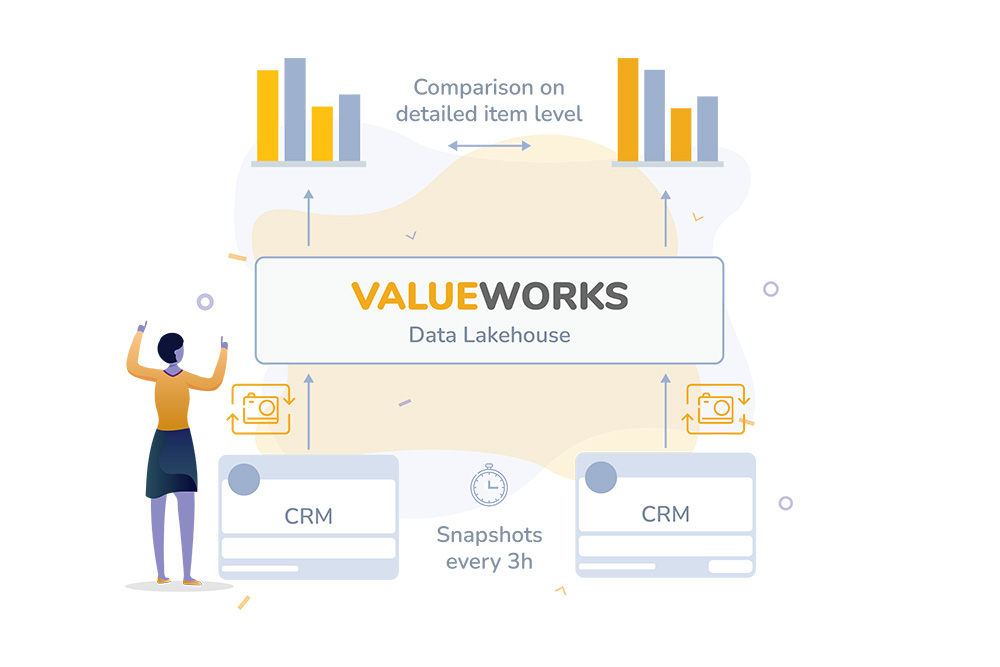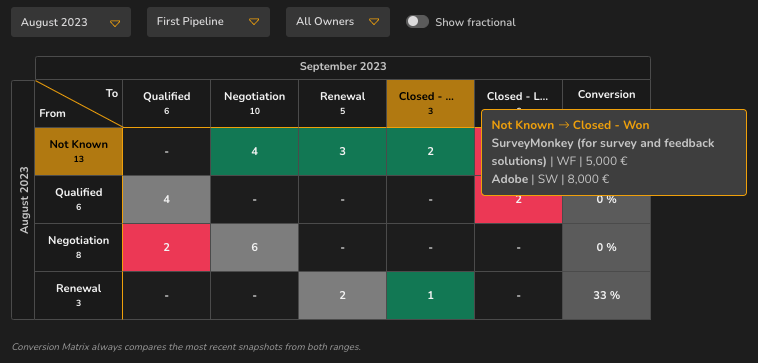Introduction
Challenges
Executives play a critical role in shaping the strategic direction of a business and making high-level decisions. While CRM systems offer valuable insights and tools, there are certain limitations that executives might encounter when using these systems:
- Lack of Strategic Insights: CRM systems excel at providing detailed operational data, but they often miss the mark when it comes to offering the strategic insights executives require to make informed, big-picture decisions. Understanding market trends, assessing the competitive landscape, and identifying long-term growth opportunities can be challenging with CRM data alone.
- Data Interpretation Challenges: The vast amount of data generated by CRM systems can be overwhelming for executives who are not directly involved in daily operations. Extracting meaningful insights from this data and translating them into actionable strategies can be a daunting task.
- Short-Term Metric Focus: Many CRM systems emphasize short-term metrics, such as lead generation, conversion rates, and customer acquisition costs. While these metrics are important, executives need to balance them with a longer-term perspective, including customer lifetime value, loyalty, and brand reputation.
- Limitations in analytics:
- Limited Historical Data: CRMs lack historical data, making it challenging to calculate key performance indicators (KPIs) that compare different time points, like net revenue retention, with high effort and risk of errors.
- Data Integration Complexity: KPI calculations from various data sources, e.g., project profitability, require a common data schema not typically available at the spreadsheet level.
- Complex Visualizations: Creating advanced visualizations resembling those used by top management consultants, like cohort analysis charts, demands time and manual effort, even if the chart type is available.
- AI Forecasting Requirements: Reliable AI-based forecasts necessitate highly granular data, including detailed time series data at the hourly level, which CRM systems may lack.
- Getting lost in Detail: Executives often require high-level data summaries without diving into operational details, posing a challenge in customizing CRM systems to provide such summaries effectively.

Figure 1: CRM limitations
The Solution: ValueWorks

Figure 2: The role of the data lake house
Key use questions ValueWorks can cover out-of-the-box
To make it concrete, are three key topics that ValueWorks can deliver out-of-the-box:
1. Net Revenue Retention: Maximizing Customer Growth
Net Revenue Retention (NRR) is a critical metric that measures the growth and retention of revenue from existing customers over a specific period. It provides insights into the health and effectiveness of your customer base management and the impact of upsells, cross-sells, expansions, and churn. A NRR percentage above 100% signifies revenue growth, while a percentage below 100% indicates revenue contraction. ValueWorks provides the tools to calculate and leverage NRR effectively.

Figure 3: Net Revenue Retention
2. Conversion Rate Optimization: Fine-Tuning Your Sales Funnel
Conversion Rate = (Number of Conversions / Number of Leads at the previous Stage) * 100

Figure 4: Conversion matrix
3. Slipped Deals Management: Reducing Revenue Loss

Figure 5: Slipped deals



